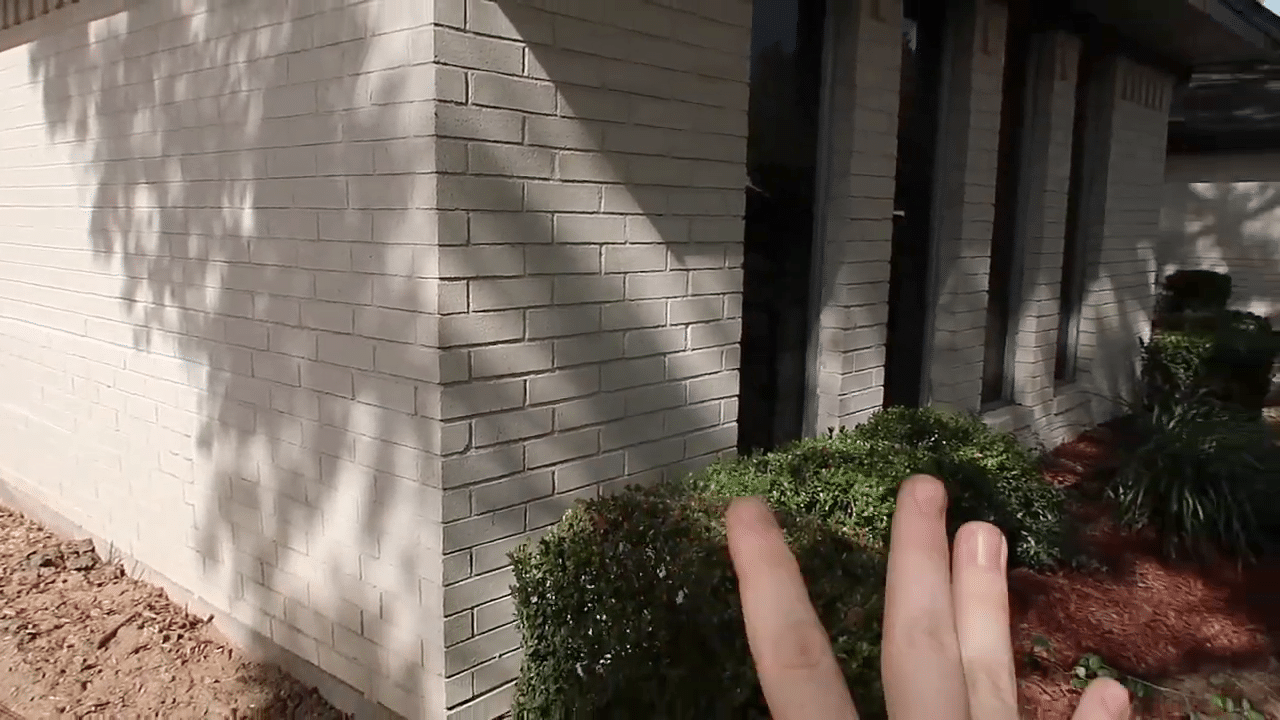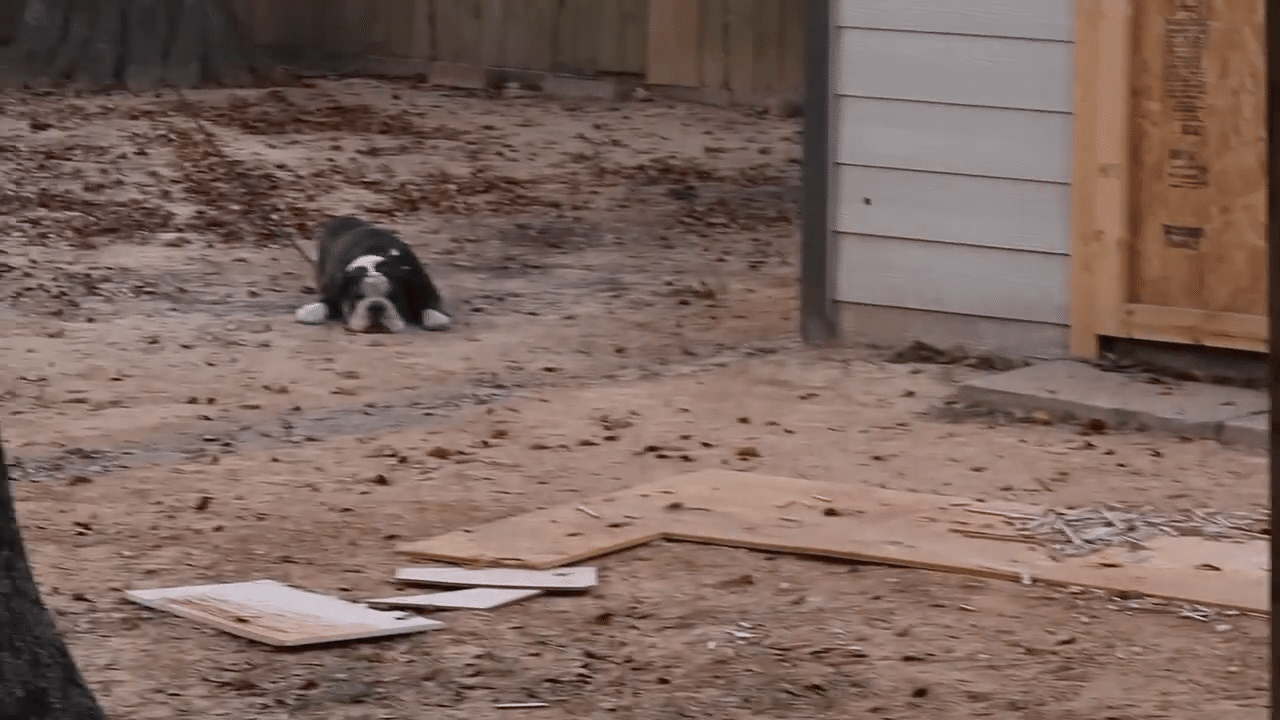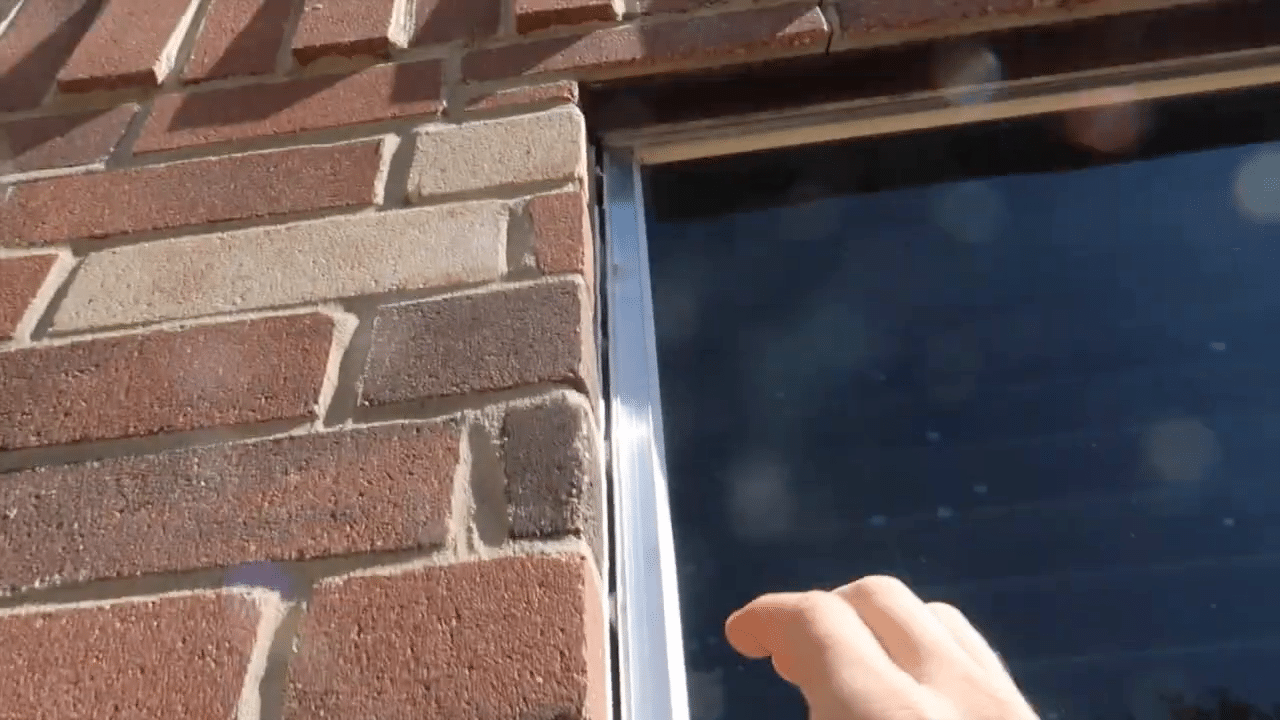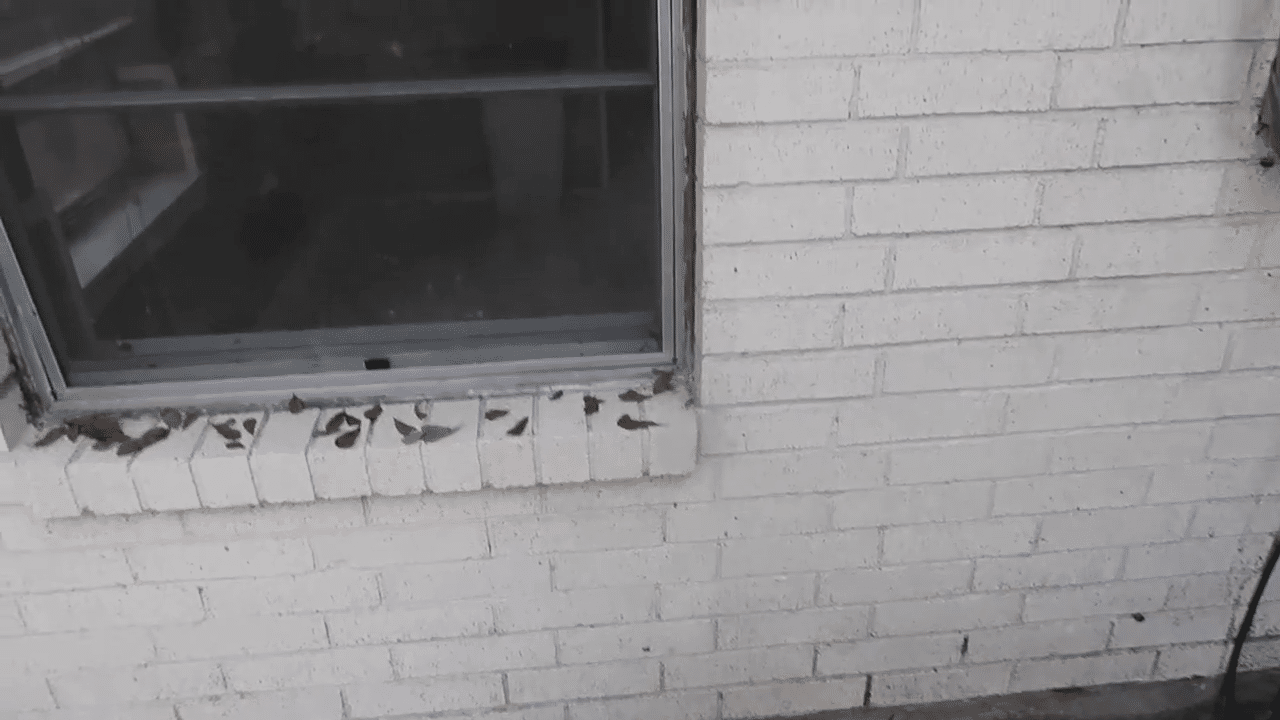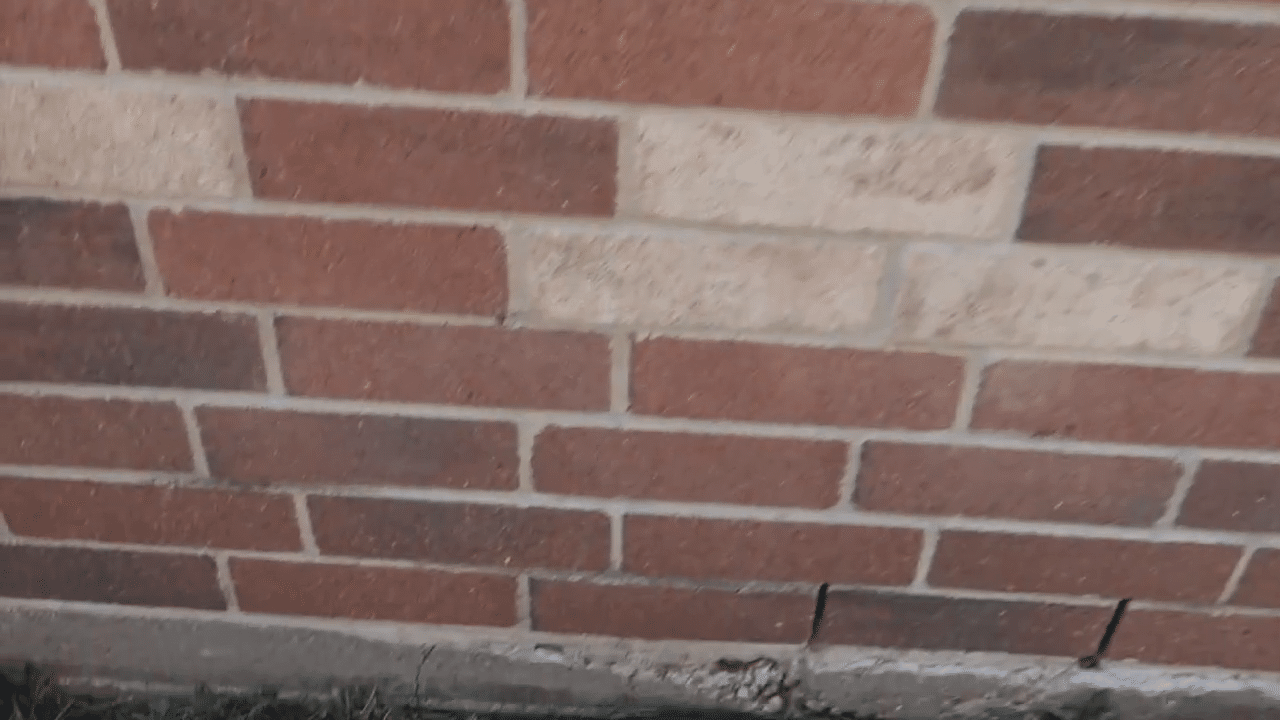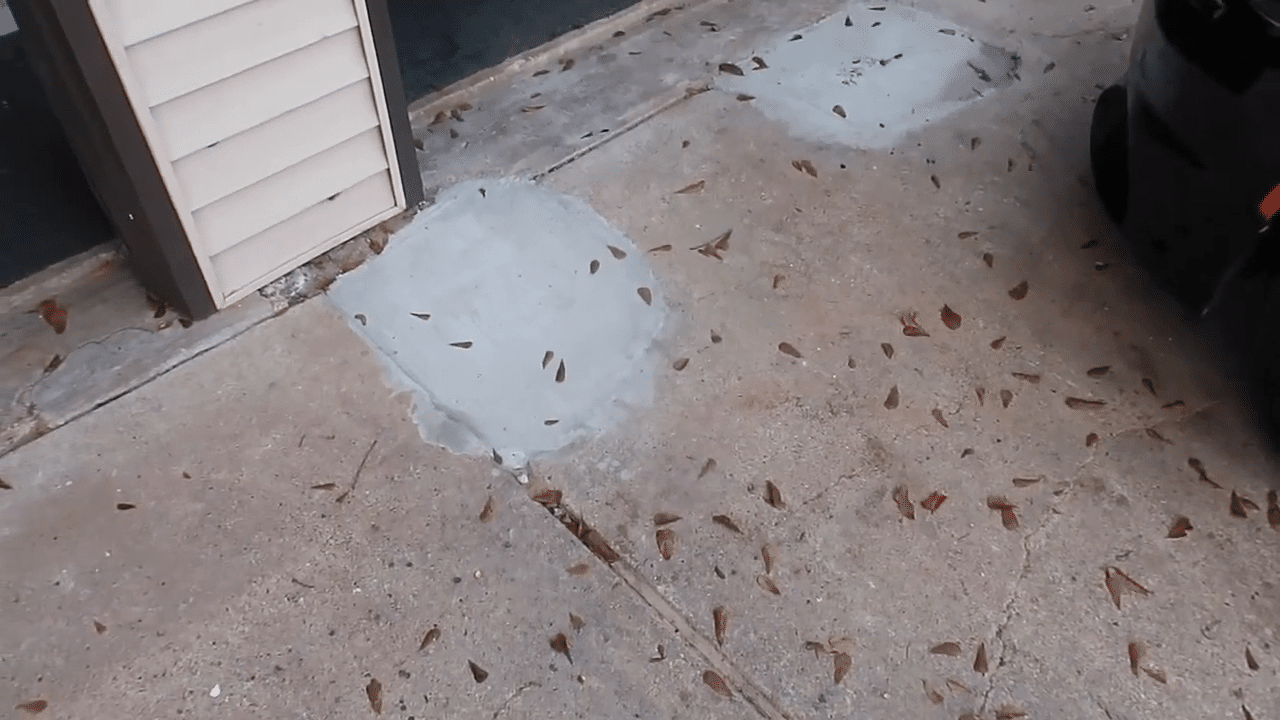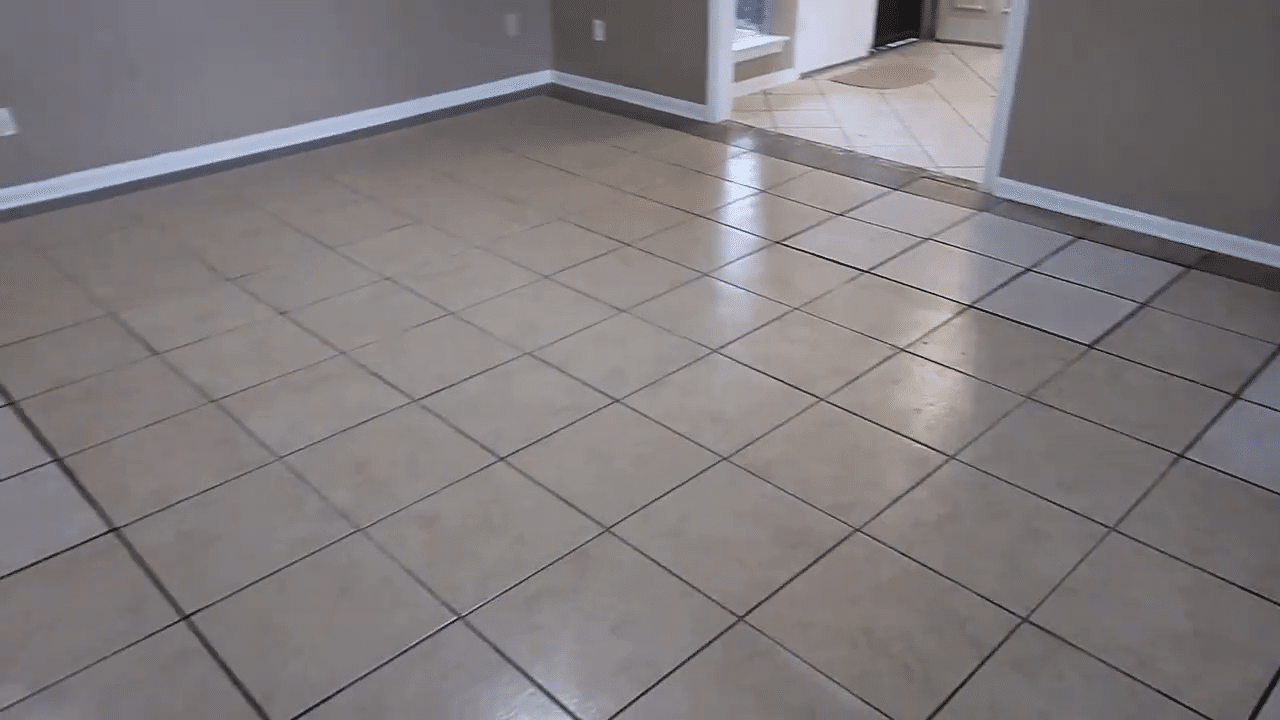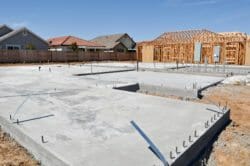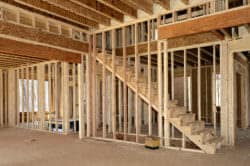Identifying and Managing Signs of Foundation Repair and Ongoing Issues in Properties
Home » Structural » Foundation »
Identifying Signs of Past Foundation Repairs
When considering the purchase of a property, it’s crucial to assess any potential foundation issues that might not only affect the investment value but also lead to significant repair costs in the future. One clear indicator of previous foundation repairs is the presence of brightly colored, square patches on concrete areas such as driveways. These patches typically signify where the concrete has been cut to install piers underneath the structure to stabilize and level it. This intervention points to historical attempts to rectify foundation settling or shifting.
Another sign includes freshly applied mortar in the gaps between bricks. This repointing work suggests that repairs were made to address cracks or separations caused by foundation movement. Additionally, the existence of trenches around the property can indicate recent efforts where the foundation was potentially lifted or underpinned to enhance its stability and integrity.
Indications of Ongoing Foundation Issues
Despite previous repair attempts, ongoing issues can often be detected during a physical inspection of the property. For example, walls that appear to be leaning or shifting significantly can be a red flag. This is sometimes more apparent at the base of the wall, where uneven gaps between bricks might indicate lateral movement of the structure. Also, discrepancies along the freeze board—where it might push out—suggest further movement post-repair.
Visual inspection can reveal gaps increasing in size from the bottom to the top of windows or doors, pointing to continuing settlement or shifting of the foundation. Cracks in the exterior veneer, especially those that are wider at the top than at the bottom, signify that the adjustments made during previous repairs might not have fully addressed the underlying issues. Moreover, if certain areas of the property show older patches compared to others, it could indicate incomplete or inconsistent repair work.
Impact of Improper Drainage and Soil Issues
The primary cause of many foundation issues relates to soil conditions and poor drainage around the structure. If the soil is not properly compacted or if drainage directs water towards the building, it can lead to soil erosion or expansion, subsequently moving the foundation. Observing how water flows around a building during a storm or checking for signs of erosion can provide insights into potential future problems. Additionally, checking for freshly disturbed soil or new plumbing installations can indicate recent repairs that might not have resolved the overall stability issues.
It is also essential to note the condition of the caulking used around windows and doors. Using the wrong type of caulking, such as bathroom caulking instead of elastomeric sealant designed for exterior use, can fail to protect against water intrusion, exacerbating foundation problems. Proper maintenance, including the correct type of sealant and regular checks, can prolong the life of foundation repairs and prevent further damage.
Professional Evaluation and Long-term Maintenance
Given the complexity and potential severity of foundation issues, it’s advisable to involve a structural engineer for a comprehensive evaluation. This is especially pertinent if there are visible signs of ongoing problems despite previous repair attempts. Engineers can assess whether the building meets structural tolerances and recommend further interventions if necessary.
Moreover, after foundation repairs are made, properties can take up to six months to settle into their new positions, during which time new cracks may appear, and previously non-sticking doors may start to jam again. It is crucial during this period to monitor the changes carefully and take corrective actions if the settling process reveals additional problems.
In regions like Texas, where no specific licensing is required to perform foundation repairs, ensuring that a reputable company with qualified engineers on staff conducts the work is crucial. Property owners should seek companies that offer warranties or guarantees on their repairs to ensure any post-repair issues can be addressed without incurring additional costs. Regular maintenance, including proper soil moisture levels and ensuring good drainage, is also essential in mitigating future foundation problems.
Ultimately, due diligence during the property inspection process, coupled with professional consultations and ongoing maintenance, are vital steps in managing foundation issues. This proactive approach helps safeguard the property’s value and ensures a safe environment for its occupants.
